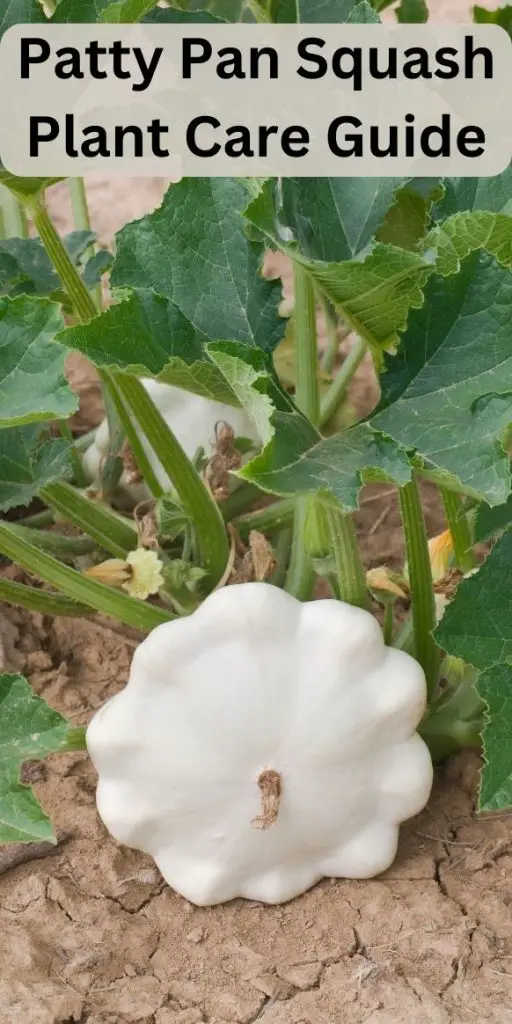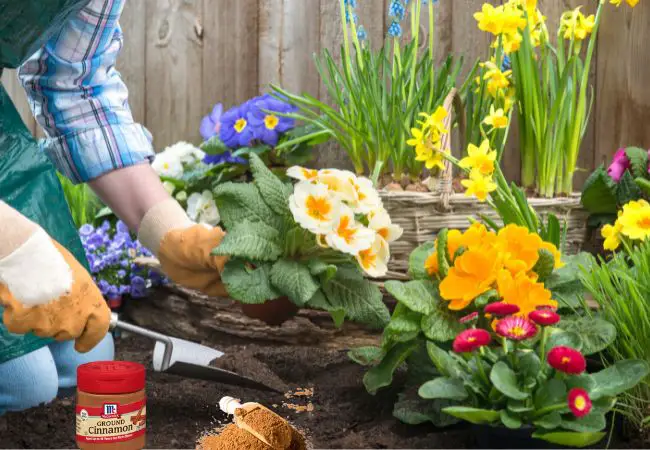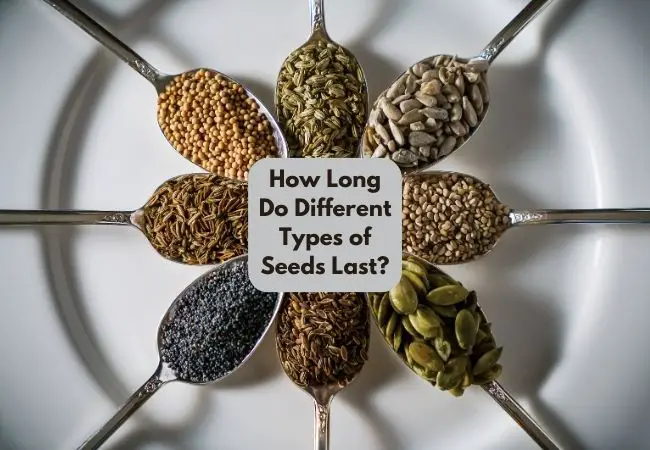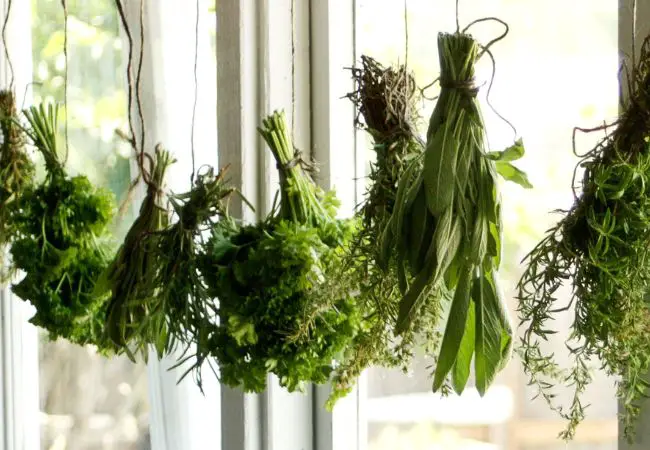Patty Pan Squash Plant Care Guide
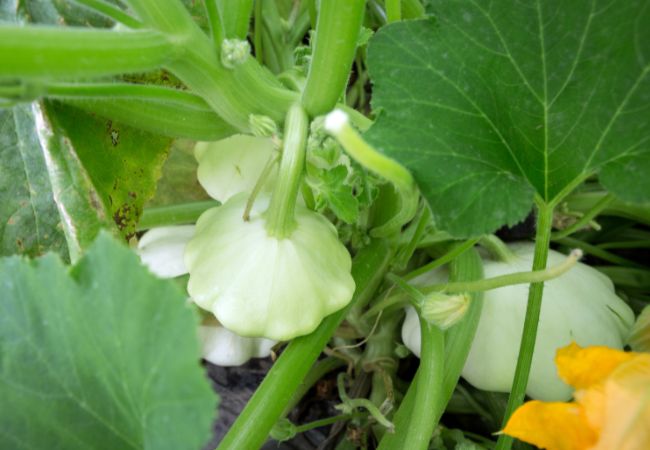
Patty pan squash plant care has helped me get abundant harvest season after season. Patty pan squash, with its unique shape and delightful taste, is a popular addition to many home gardens.
Patty Pan Squash Plant Growing
To ensure a bountiful harvest of these delicious vegetables, it’s crucial to provide proper care and attention to your patty pan squash plants.
In this post, I will guide you through the essential aspects of patty pan squash care, from choosing the right location to troubleshooting common problems.
Choosing the Right Location
Patty pan squash thrives in full sunlight, requiring at least six to eight hours of direct sunlight daily. Select a location in your garden that receives ample sunlight throughout the day.
Additionally, the soil should be well-draining and rich in organic matter. Do not plant them in an area that gets waterlogged.
Before planting, consider the spacing requirements of patty pan squash and plan for companion planting, as it can help deter pests and promote healthy growth.
Planting Patty Pan Squash
You have the option to start patty pan squash from seeds or purchase seedlings from a local nursery.
If starting from seeds, ensure that the soil is adequately prepared by loosening it and incorporating organic matter.
Plant the seeds at a depth of about one inch and provide appropriate spacing between plants.
Seedlings should be transplanted carefully, taking care not to disturb the fragile roots. Water the newly planted squash gently and regularly until they establish themselves.
Watering and Moisture Management
Patty pan squash requires consistent moisture for optimal growth. Establish a regular watering schedule, aiming to keep the soil evenly moist but not waterlogged.
Mulching around the plants can help retain moisture, suppress weed growth, and regulate soil temperature. Be mindful not to overwater, as excessive moisture can lead to root rot and other diseases.
Fertilizing Patty Pan Squash
To support healthy growth and abundant fruit production, patty pan squash requires proper nutrition.
Consider conducting a soil test to determine any nutrient deficiencies. Organic fertilizers, such as compost or well-rotted manure, can be added to the soil before planting.
Additionally, you can use balanced organic or synthetic fertilizers during the growing season, following the manufacturer’s instructions.
Apply fertilizers at the appropriate time and avoid overfertilization, as it may result in excessive foliage growth and reduced fruiting.
Controlling Weeds and Pests
Weeds compete with patty pan squash for nutrients and water, so it’s important to keep the garden bed weed-free.
Mulching with organic materials like straw or wood chips can help suppress weed growth. Regular hand weeding is also essential to keep weeds under control.
When it comes to pests, common ones affecting patty pan squash include aphids, squash bugs, and vine borers.
Consider using organic pest control methods like insecticidal soaps, neem oil, or companion planting with pest-repellent plants.
Regularly inspect your plants for signs of pest infestation and take appropriate action promptly.
Pruning and Training
Pruning patty pan squash plants help improve airflow, reduce the risk of diseases, and promote better fruit development.
Identify and remove any suckers that emerge from the base of the plant. Suckers divert energy from the main vine which can result in reduced fruit production.
Additionally, supporting the vines with stakes or trellises can help prevent the fruits from sitting directly on the ground, reducing the risk of rot and pest damage.
Harvesting and Storage
Knowing when to harvest patty pan squash is crucial for optimal flavor and texture. The fruits should be harvested when they are young and tender, typically around 2-4 inches in diameter.
Use a sharp knife or pruning shears to cut the squash from the vine, leaving a short stem attached. Store harvested patty pan squash in a cool, dry place.
They can be stored in the refrigerator for up to a week, but it’s best to consume them as soon as possible for the freshest taste.
Troubleshooting Common Problems
Yellowing leaves and nutrient deficiencies
Yellowing leaves can indicate nutrient deficiencies, such as nitrogen, potassium, or magnesium.
Conduct a soil test to identify any deficiencies and address them with appropriate fertilizers or soil amendments.
Blossom end rot and other fruit disorders
Blossom end rot appears as a dark, sunken spot on the blossom end of the fruit. It is usually caused by a calcium deficiency or irregular watering.
Ensure consistent moisture levels and provide adequate calcium through proper soil preparation or foliar sprays.
Wilting or drooping plants
Wilting or drooping can be a sign of underwatering or overwatering. Check the moisture levels in the soil and adjust your watering accordingly.
If the problem persists, it may indicate a root-related issue, such as root rot, which requires immediate attention.
Final Thoughts on Growing Patty Pan
Growing patty pan squash can be a rewarding and enjoyable experience, especially when you provide the proper care it needs.
By selecting the right location, planting correctly, providing adequate water and nutrients, controlling weeds and pests, and practicing regular maintenance tasks like pruning and training, you can ensure healthy plant growth and a plentiful harvest of delicious patty pan squash.
Remember to stay vigilant and address any problems promptly to maintain the vitality of your plants.
With proper care, I am rewarded with an abundant supply of tasty patty pan squash to enjoy throughout the growing season.
I hope this post on the patty pan squash plant care guide was helpful. Please follow me on Multigardening Pinterest for more awesome gardening posts.
